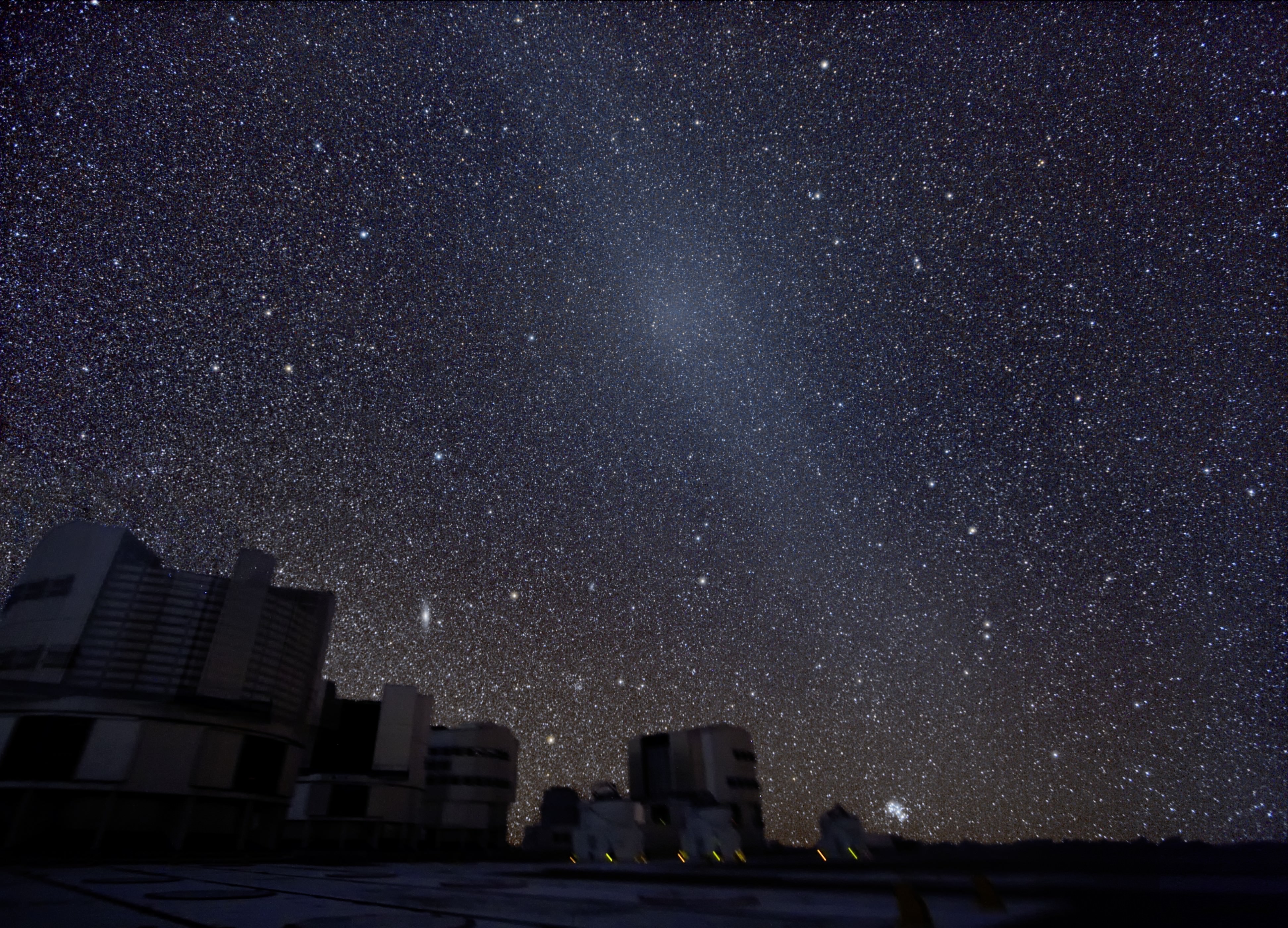Looking for something truly elusive? Astronomy has no shortage of the fleeting and ephemeral when it comes to challenges. This week’s challenge will require supremely dark skies and persistence.
We’re talking about the gegenschein, the elusive counter glow lying opposite to the Sun across the plane of the ecliptic. We bring this up now, as the Moon heads towards New phase on February 8th and we still enjoy long nights for northern hemisphere observers prior to the equinox and the return to daylight saving time next month.

The gegenschein (meaning ‘counter-glow’ in German) was first noted by Espirit Pezenas in 1730. The exact pronunciation is (gey-gun-SHINE). The ghostly glow is caused by a retro-reflector phenomenon known as the Seeliger effect, which results in by sunlight glinting off of dust particles scattered along the plane of the ecliptic. The same phenomena can be seen sunward in the dawn or dusk sky concentrated as a pyramid-shaped glow jutting up from the horizon known as the zodiacal light.
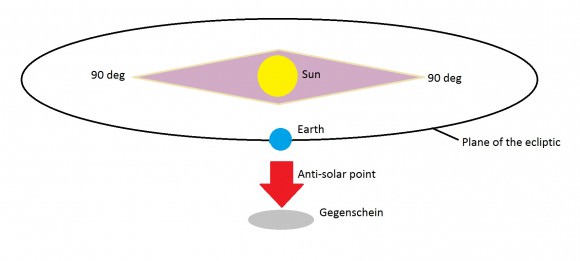
Though dust is scattered all along the solar ecliptic, it’s slightly brighter in the anti-sunward direction because particles there are far beyond the cone of the Earth’s shadow as it extends back into space and at 100% illumination, like millions of tiny little ‘Full Moons’. You can see a very similar counter-glow phenomena known as a ‘glory’ or heiligenschein dancing along the cloud tops from a plane, or on grass covered with dew.
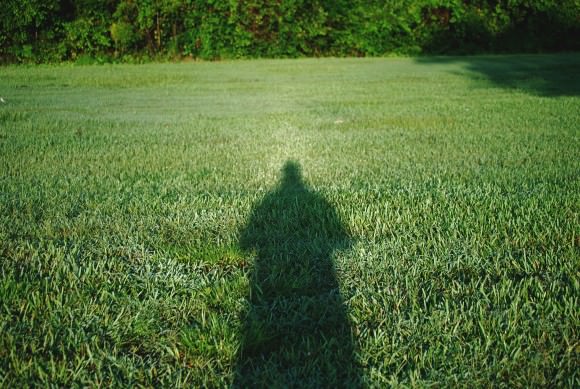
Though we’ve spied the zodiacal light lots from dark sky sites in Arizona and even occasionally from Florida, we’ve never convincingly seen the gegenschein. As light pollution encroaches on observing locales, sighting the gegenschein is now almost mythical. Searching the web reveals more blurry photos of people in ape-suits purporting to be Bigfoot than images of the gegenschein… it’s really that rare.
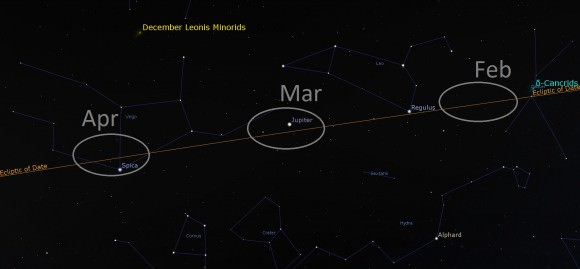
Often, elusive effects such as the gegenschein may show up photographically, though remain invisible to the unaided eye. It’s difficult to measure the apparent magnitude of such a faint and extended object. It’s certainly on the very edge of visibility for those with excellent vision and superb skies, which would suggest a visual magnitude of +5 to +6; that brightness is, however, spread out over a circular area of the sky around 10 degrees wide, suggesting a very low surface brightness in the +10 to +12 magnitude range. Comets and extended nebulae also suffer from this same sort of ‘fade out’ effect, making them appear visually fainter at the eyepiece than their quoted magnitude.
Sometimes, the gegenschein and the zodiacal light crops up in automated all-sky views meant to capture meteor showers. The gegenschein is definitely the tougher of the two to see, as the zodiacal light can rival the brightness of the plane of the Milky Way galaxy.
You may have captured the gegenschein in a night sky photo and not even noticed!
Astronomers use the Bortle scale to describe how dark the sky is. The scale runs from 1 to 9. Higher numbers mean bright, washed out skies, while lower numbers speak of true darkness. From the suburbs of Tampa Bay, we can just make out the extended Milky Way high overhead in the summertime with a Bortle number of 5. This is why many amateur astronomers drive increasingly longer distances, in search of dark skies.
The Milky Way becomes discernible overhead from a Bortle sky 5, while the zodiacal light can be spotted from a Bortle number 3 to 4 sky, and the gegenschein might only be glimpsed from almost legendary Bortle number 1 skies.
Dust in Space (-ace, ace…)
None other than Queen’s guitarist Brian May has studied dust along the solar ecliptic plane as part of his doctoral thesis. Apollo 15 had also planned, as one of its experiments, an attempt to observe the gegenschein from lunar orbit. Command Module pilot Al Worden mentions this in his autobiography, though no images of the gegenschein from space were captured due to an error in pointing and tracking. An interesting observation of the gegenschein by the outbound Pioneer 10 mission headed to Jupiter was made in 1972, lending weight to the idea that dust is distributed pretty evenly across the solar plane, rather than ‘clumped’ exterior to the Earth’s orbit at the anti-solar point.
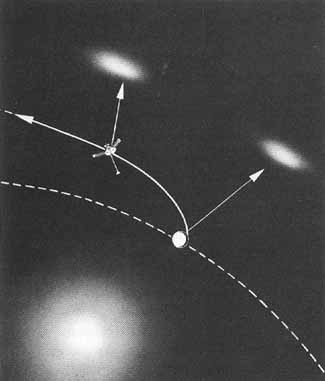
Can you spy the ghostly gegenschein this February New Moon weekend? If so, consider yourself privy to enviable dark skies!

